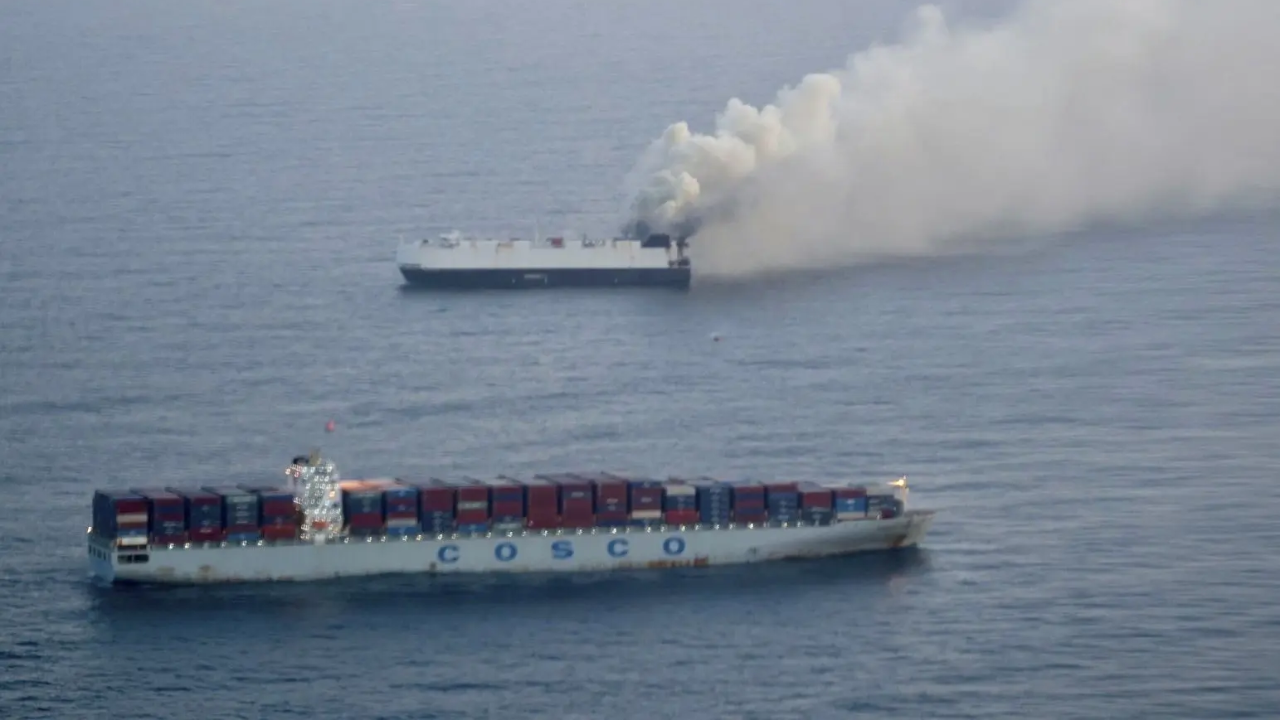How the Rann of Kutch became essential to the Indus Basin conflicts between India and Pakistan

Join our WhatsApp Community to receive travel deals, free stays, and special offers!
- Join Now -
Join our WhatsApp Community to receive travel deals, free stays, and special offers!
- Join Now -

The simmering tensions from the 1947 Kashmir dispute and Pakistan’s territorial claims that the Rann of Kutch – a peninsular tract of land with an area roughly of 8,880 square miles surrounded by the Indus towards the west and the Gulf of Kutch in the south – was part of Sindh province, were straining the two countries’ relations and became a significant precursor to the 1965 war. Topographically, the Rann of Kutch is divided by a highland into two parts – the Great Rann in the north (6950 square miles) and the Little Rann in the south-east (1930 square miles). The former connects with the Arabian Sea through Kori Creek in the west, and the latter is connected with the Gulf of Kutch in the south-west. The eastern edge of the Kutch merges with the Luni drainage area. Described as a “bowl-shaped depression”, the north-eastern part of Kutch resembled, as the Imperial Gazetteer of India described, “… large tract of salt with dazzling whiteness … Except a stray bird, a herd of wild asses, antelope, or an occasional caravan, no sign of life breaks the desolate loneliness”.
Millennia ago, the Rann of Kutch was far from a desolate landscape. Archaeological and geological...
Read more
What's Your Reaction?
 Like
0
Like
0
 Dislike
0
Dislike
0
 Love
0
Love
0
 Funny
0
Funny
0
 Angry
0
Angry
0
 Sad
0
Sad
0
 Wow
0
Wow
0























































